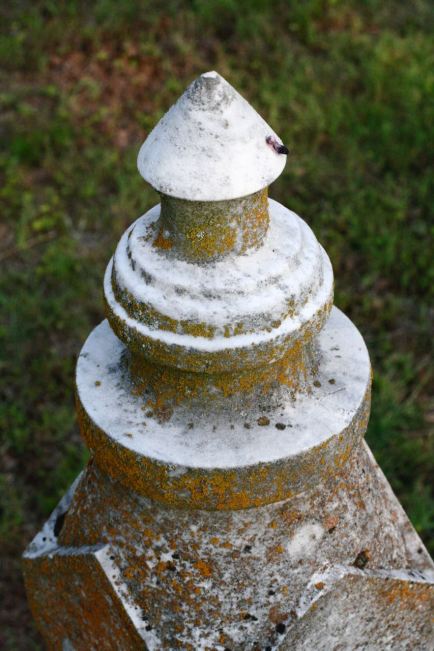
A number of years ago when I worked for the Texas Water Development Board, I was at an all-day meeting with the Corps of Engineers near Denison, Texas, to discuss this and that related to water. At the end of the day, I, along with my co-workers, were invited to eat BBQ somewhere nearby. “No thanks,” I yelped. “I’m heading to the graveyard!” And so I did.
Denison is where a William A. East, along with his neighbors, filed suit against the Houston & Texas Railway Co. in 1901 after the Railway sunk a well and allegedly pumped Mr. East’s well (among others) dry. The state Supreme Court ultimately ruled for the railway and, in the process, established the Rule of Capture in Texas. As a student of Texas hydrohistory, I wanted to find Mr. East’s grave. To be honest, I’m not sure why: those days are long gone and before my time, but, somehow, visiting his grave makes it all the more real and more personal. Plus, I really like old graveyards.
Although I was able to figure out which cemetery Mr. East was interned in, no one had yet mapped out the graves, so I was on my own to search for him. I pulled in and parked the car, the sky just starting to dusk. Unfortunately, the cemetery was quite large and, after I started to pace the rows, I found many of the gravestones toppled, missing, or eroded beyond reading. Nevertheless, I methodically walked the rows of the resting, seeking and reading and stopping for photos of the photogenic.
The sun continued to set, and the scraggly trees and unkept brush became more ominous. As it became more and more difficult to see through the dusking, I returned to the car, Mr. East unfound. I pulled out a bottle of groundwater, leaned up against the front fender, and took a long satisfying swig, but not satisfying enough to offset the disappointment of not finding Mr. East’s grave. As I gazed across the rows of haphazard stones, their carved words fading into darkness, I felt a hunger pang and wondered how good that BBQ and beer was back at the lake. I took another swig of my water and then accidentally dropped the cap. As I bent over to pick it up, I caught a glance of a nearby concrete curb framing a couple gravesites. Embedded into the concrete was a flush-to-the-curb gravestone I hadn’t noticed when I fist arrived. And there he was: W.A. East 1851-33. I had practically stepped onto his grave when I got out of my car on arrival!
I often wonder what long-gone folks would think of the world today. I’m sure William East would be amazed by many things we take for granted in these modern times, but I bet he would be most surprised to see that we talk about him and his long-ago little lawsuit seeking compensation for his dried-up well.



























